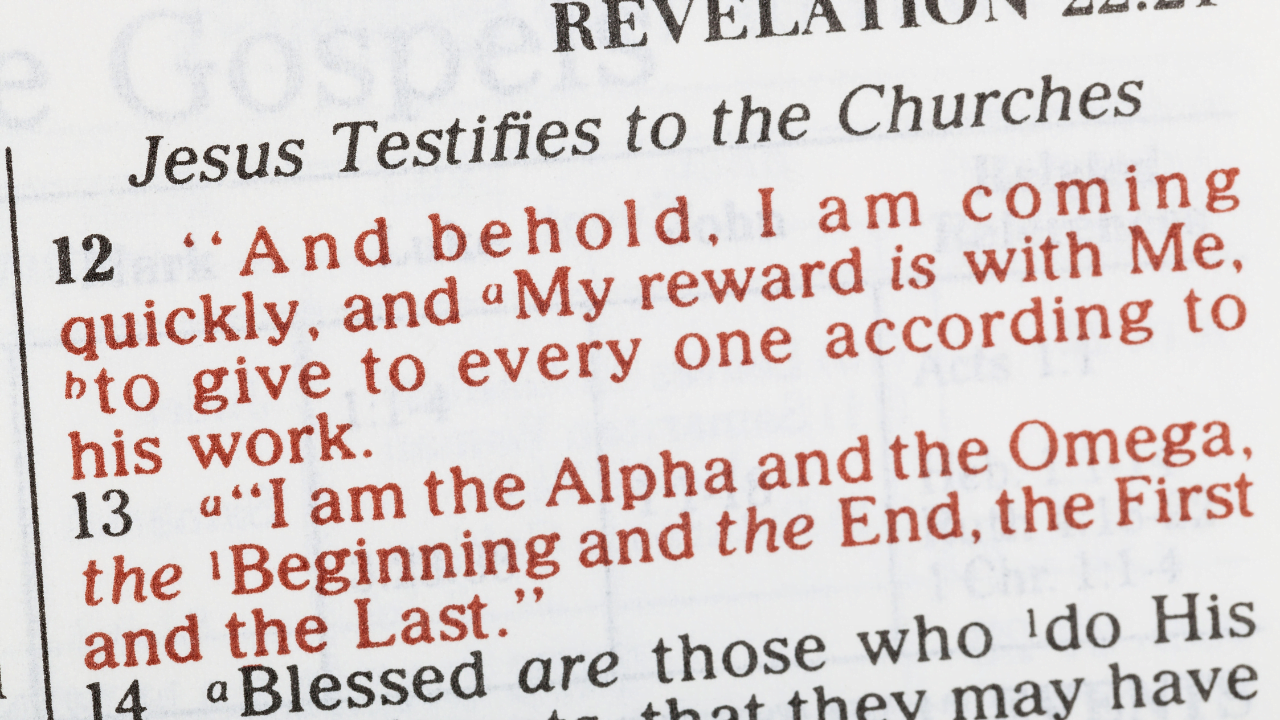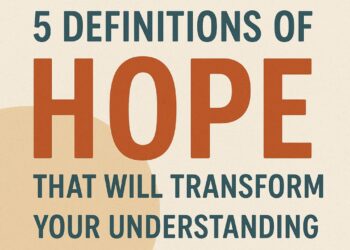No products in the cart.
How do Christians Interpret the Book of Revelation
This post contains paid and/or affiliate links. I make a small commission at no extra cost to you. Please see our Privacy Policy.
The Book of Revelation is a complex and debated text in Scripture. It has vivid imagery of beasts, seals, trumpets, and cosmic battles. This has led to many interpretations over the years.
Some see it as a symbolic portrayal of spiritual truths. Others believe it’s a literal timeline of end-time events. Understanding these views helps Christians navigate this challenging book. It keeps its core message in focus: God’s ultimate victory over evil and the hope of Christ’s return.
The Challenge of Interpreting Revelation
Revelation generates diverse views because of its unique style. Written by the Apostle John during his exile on Patmos, it uses apocalyptic literature.
This style is rich in symbolism, familiar to first-century Jews but confusing to modern readers.
Revelation also contains prophecy, letters to seven churches, and worship scenes in heaven. This mix of genres makes it hard to fully understand its meaning.
The key to interpreting Revelation is to understand its original context and how it applies today. Over the centuries, four main interpretive frameworks have emerged: Preterist, Idealist, Historicist, and Futurist. Each offers valuable insights but differs in their views on the book’s timeline and symbolism.
Key Takeaways
- There are four main ways to see the Book of Revelation: Preterist, Idealist, Historical/Historicist, and Futurist.
- The Preterist view says Revelation was mostly about the fall of Jerusalem in 70 AD.
- The Idealist view sees Revelation as a symbol of the fight between good and evil.
- The Historical/Historicist view believes Revelation is a timeline of the church from Christ’s resurrection to His Second Coming.
- The Futurist view thinks most of Revelation talks about future events.
- Other views include Eclectic (Mixed) Interpretation and Prophetic Symbolism in Worship.
- Knowing these views helps Christians understand Revelation’s complex images and apply its message to their faith.
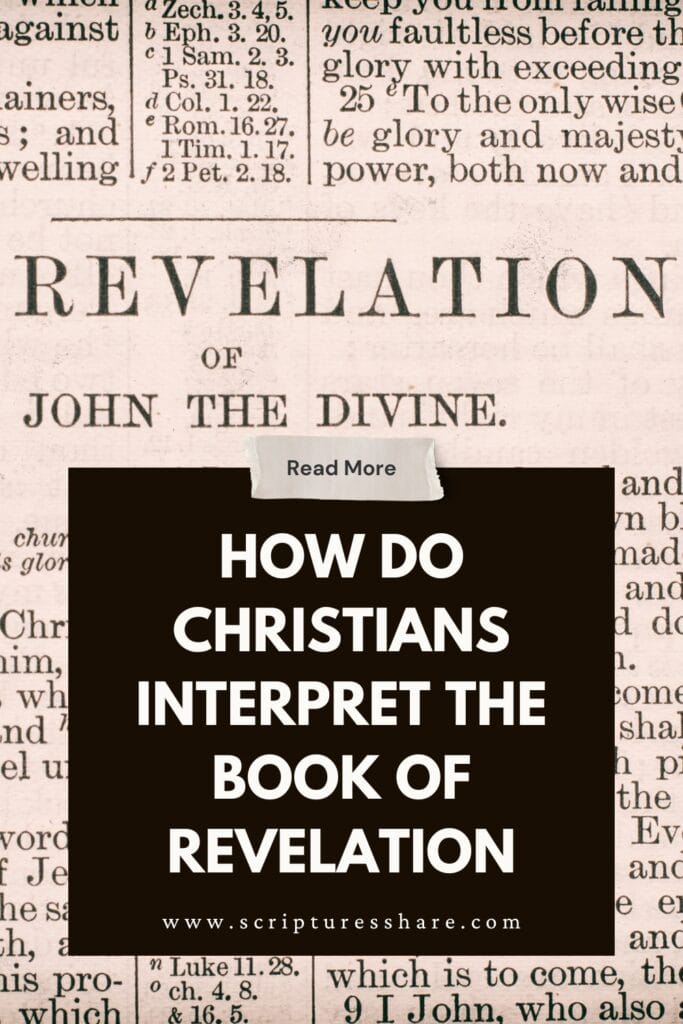
The Challenge of Interpreting Revelation
Revelation is complex because it was written by John during his exile on Patmos (Revelation 1:9). It uses apocalyptic literature, which was familiar to first-century Jews but hard for modern readers. It also includes prophecy, letters to seven churches (Revelation 2-3), and scenes of heaven. This mix makes it hard to understand.
To understand Revelation, we need to know its original context and how it applies to today. Over time, four main views have emerged: Preterist, Idealist, Historicist, and Futurist. Each offers insights but sees the book differently.
The Preterist Interpretation: Revelation as a First-Century Fulfillment
The Preterist view says most of Revelation was about the first century, mainly the Roman destruction of Jerusalem in 70 AD. They believe John wrote before this, warning of Nero’s persecution and the end of Jewish temple worship.
They see the “beast” of Revelation 13 as the Roman Empire or Nero. The “great tribulation” (Revelation 7:14) was the suffering during the Jewish-Roman War (66-73 AD). “Babylon the Great” (Revelation 18) is the corrupt system of Jerusalem. Even the Millennium (Revelation 20) is seen as a symbol of the Church’s influence, not a future reign.
Key Beliefs:
- The beast (Revelation 13) is the Roman Empire or Emperor Nero.
- The Great Tribulation (Revelation 6-19) was the Jewish-Roman War (66-73 AD).
- The Millennium (Revelation 20) is Christ’s reign through the Church.
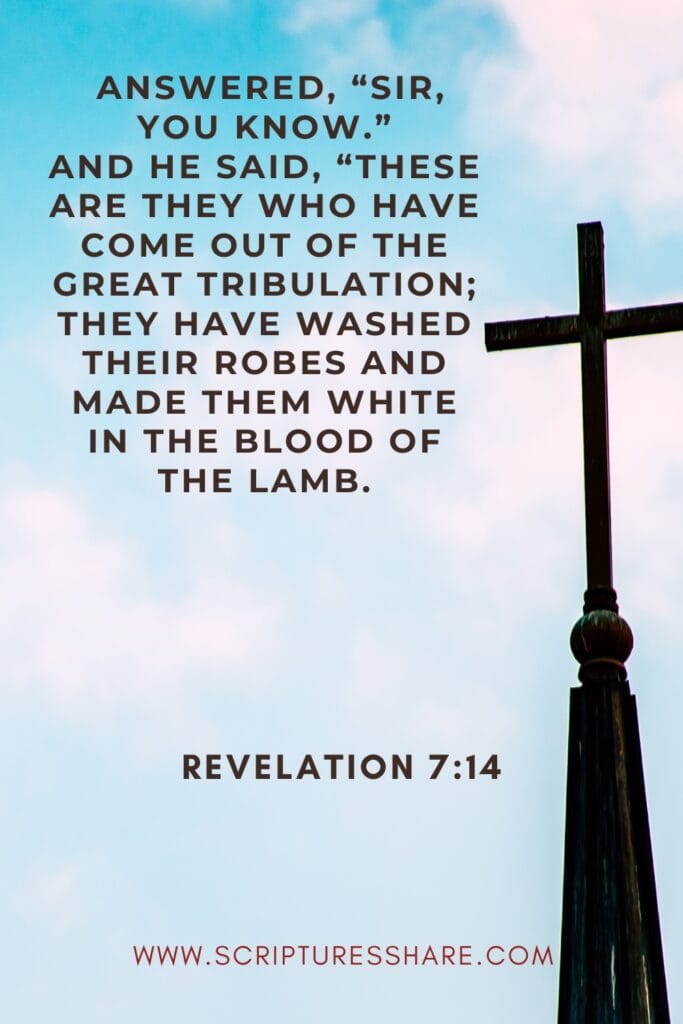
Supporting Scripture:
- “When you see the ‘abomination of desolation,’ spoken of by Daniel the prophet, standing in the holy place… then let those who are in Judea flee to the mountains.” (Matthew 24:15-16, NKJV)
- Preterists link this to the Roman siege of Jerusalem.
Biblical Support for Preterism:
- Jesus’ prophecy in Matthew 24 about the temple’s destruction matches Revelation’s imagery of catastrophe (Matthew 24:15-16).
- The book’s urgent tone (“the time is near,” Revelation 1:3) suggests it addressed immediate concerns, not distant future events.
Strengths: This view grounds Revelation in real historical events, making it highly relevant to its original audience.
Weaknesses: It may overlook prophecies that seem to point beyond the first century, such as the final resurrection and New Jerusalem.
The Idealist Interpretation: Revelation as Timeless Spiritual Truth
The Idealist (or Symbolic) interpretation sees Revelation as a cosmic portrayal of the struggle between good and evil.
It views the book as an extended allegory. Beasts, dragons, and plagues represent spiritual forces, not literal entities.
Idealists believe Revelation’s main purpose is to encourage believers facing persecution in any age. The seven churches (Revelation 2-3) symbolize different types of congregations throughout history.
The beast represents oppressive systems that oppose God’s people. The Millennium is seen as Christ’s present spiritual reign, not a future earthly kingdom.
Key Beliefs:
- The beast symbolizes oppressive political and religious systems.
- The seven churches (Revelation 2-3) represent different types of churches throughout history.
- The Millennium is a symbolic period of Christ’s spiritual reign.
Biblical Support for Idealism:
- Ephesians 6:12 describes spiritual warfare in terms similar to Revelation: “For we do not wrestle against flesh and blood, but against principalities, against powers, against the rulers of the darkness of this age.”
- Jesus’ parables often used symbolic imagery to convey deeper truths, suggesting Revelation may function the same way.
Strengths: This approach makes Revelation universally applicable, stressing its call to faithfulness.
Weaknesses: It may downplay the book’s prophetic elements, making it feel disconnected from real-world events.
The Historicist Interpretation: Revelation as a Panorama of Church History
Popular among Reformers like Martin Luther and John Calvin, the Historicist view sees Revelation as a prophetic outline of church history from Christ’s resurrection to His Second Coming.
Adherents see the seals, trumpets, and bowls as representing successive eras of persecution, reformation, and divine judgment.
For example, many Historicists identify the “1260 days” (Revelation 11:3) as 1260 years of papal dominance (538-1798 AD), while the “two witnesses” (Revelation 11) symbolize the Old and New Testaments or persecuted believers. The Protestant Reformation, the rise of Islam, and even modern events are sometimes linked to Revelation’s imagery.
Key Beliefs:
- The seven seals, trumpets, and bowls show different times of trouble and judgment.
- The 1260 days (Revelation 11:3) stand for 1260 years of the Pope’s rule (538-1798 AD).
- The two witnesses (Revelation 11) are seen as the Old and New Testaments or as persecuted believers.

Supporting Scripture:
- “But you, Daniel, shut up the words, and seal the book until the time of the end…” (Daniel 12:4, NKJV)
- Historicists believe Revelation is the “unsealing” of Daniel’s prophecies.
Biblical Support for Historicism:
- Daniel 12:4 talks about sealed prophecies being opened at the end, linked to Revelation’s visions.
- Jesus’ Olivet Discourse (Matthew 24) mixes near and far prophecies, suggesting a long-term fulfillment.
Strengths: This view links biblical prophecy with major historical events.
Weaknesses: Interpretations vary widely, and some connections seem speculative.
The Futurist Interpretation: Revelation as an End-Time Blueprint
The Futurist view is the most popular among Evangelical Christians today. It sees most of Revelation (chapters 4-22) as describing future events before Christ’s return. This view divides history into clear eras, with the Church Age followed by the Rapture, a seven-year Tribulation, and a literal Millennium (Revelation 20).
Key Beliefs:
- The Antichrist will emerge in the last days (Revelation 13).
- The Great Tribulation (Revelation 6-19) is a future seven-year period of global disaster.
- The Millennium (Revelation 20) is a literal 1000-year reign of Christ on Earth.
Key elements of this view include:
- The rise of a global Antichrist (Revelation 13) who forces a one-world religion.
- A period of unmatched suffering called the Great Tribulation (Revelation 6-19).
- The Battle of Armageddon (Revelation 16:16) and Christ’s return to start His earthly kingdom.
Biblical Support for Futurism:
- 1 Thessalonians 4:16-17 talks about the Rapture: “The Lord Himself will descend from heaven… and the dead in Christ will rise first.”
- Daniel 9:27’s prophecy of a seven-year covenant matches Revelation’s Tribulation timeline.
Strengths: This view takes biblical prophecy literally and offers a clear end-time framework.
Weaknesses: It might overlook the book’s first-century setting and rely on speculative timelines.
Finding Common Ground: The Core Message of Revelation
Despite their differences, all four interpretations agree on Revelation’s central themes:
- God’s Sovereignty: No matter how chaotic the world becomes, Christ remains in control (Revelation 1:18).
- The Call to Faithfulness: Believers are urged to endure persecution (Revelation 2:10) and reject compromise.
- The Hope of Victory: Evil will ultimately be defeated, and God’s people will dwell with Him forever (Revelation 21:3-4).
Prophetic Symbolism in Worship
Revelation is filled with worship scenes (Revelation 4-5, 7, 19), reminding believers that God is sovereign amid chaos.
Key Themes:
- The Lamb who was slain (Revelation 5:12) is worthy of praise.
- The 24 elders (Revelation 4:4) represent the Church.
- Worship in heaven contrasts with earthly turmoil.
Supporting Scripture:
- “Holy, holy, holy, Lord God Almighty, who was and is and is to come!” (Revelation 4:8, NKJV)
Practical Application for Today
Regardless of interpretation, Revelation calls Christians to:
Remain faithful amid persecution (Revelation 2:10).
Hope in Christ’s return (Revelation 22:20).
Live holy lives (Revelation 21:27).
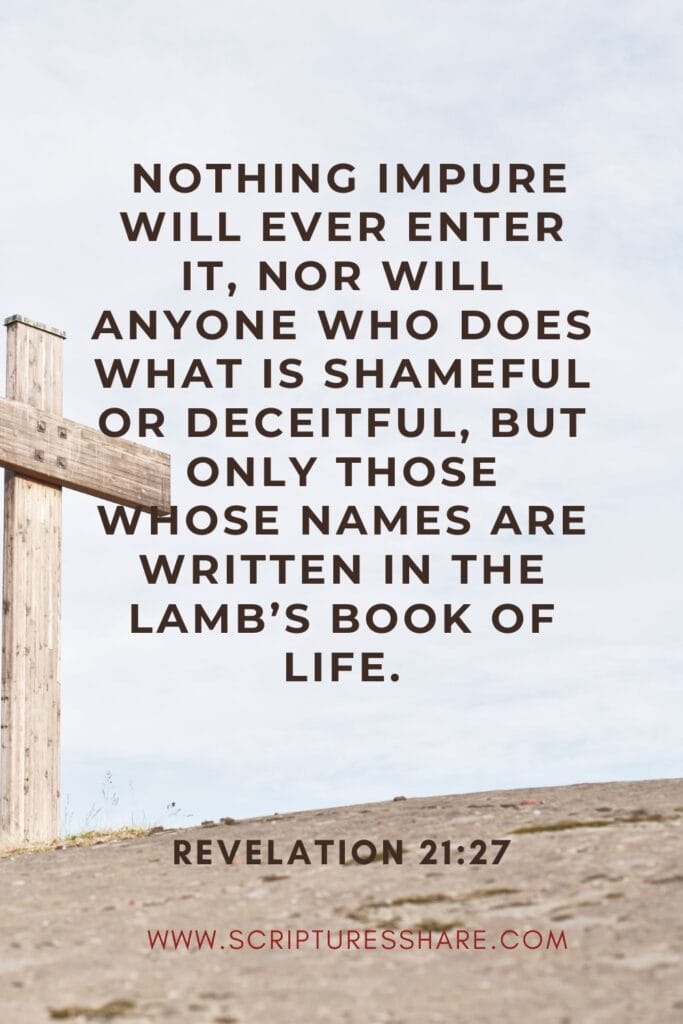
Final Thought:
“He who testifies to these things says, ‘Surely I am coming quickly.’ Amen. Even so, come, Lord Jesus!”(Revelation 22:20, NKJV)
Conclusion: A Book of Hope for Every Generation
Rather than getting lost in debates over timelines, the best approach to Revelation is to focus on its transformational message.
Whether the prophecies were fulfilled in the past, are unfolding now, or await future realization, the book’s promise remains unchanged: “He who testifies to these things says, ‘Surely I am coming quickly.’ Amen. Even so, come, Lord Jesus!” (Revelation 22:20).
For Christians today, Revelation is not just a puzzle to solve but a call to worship, perseverance, and hope—knowing that, in the end, God wins.


